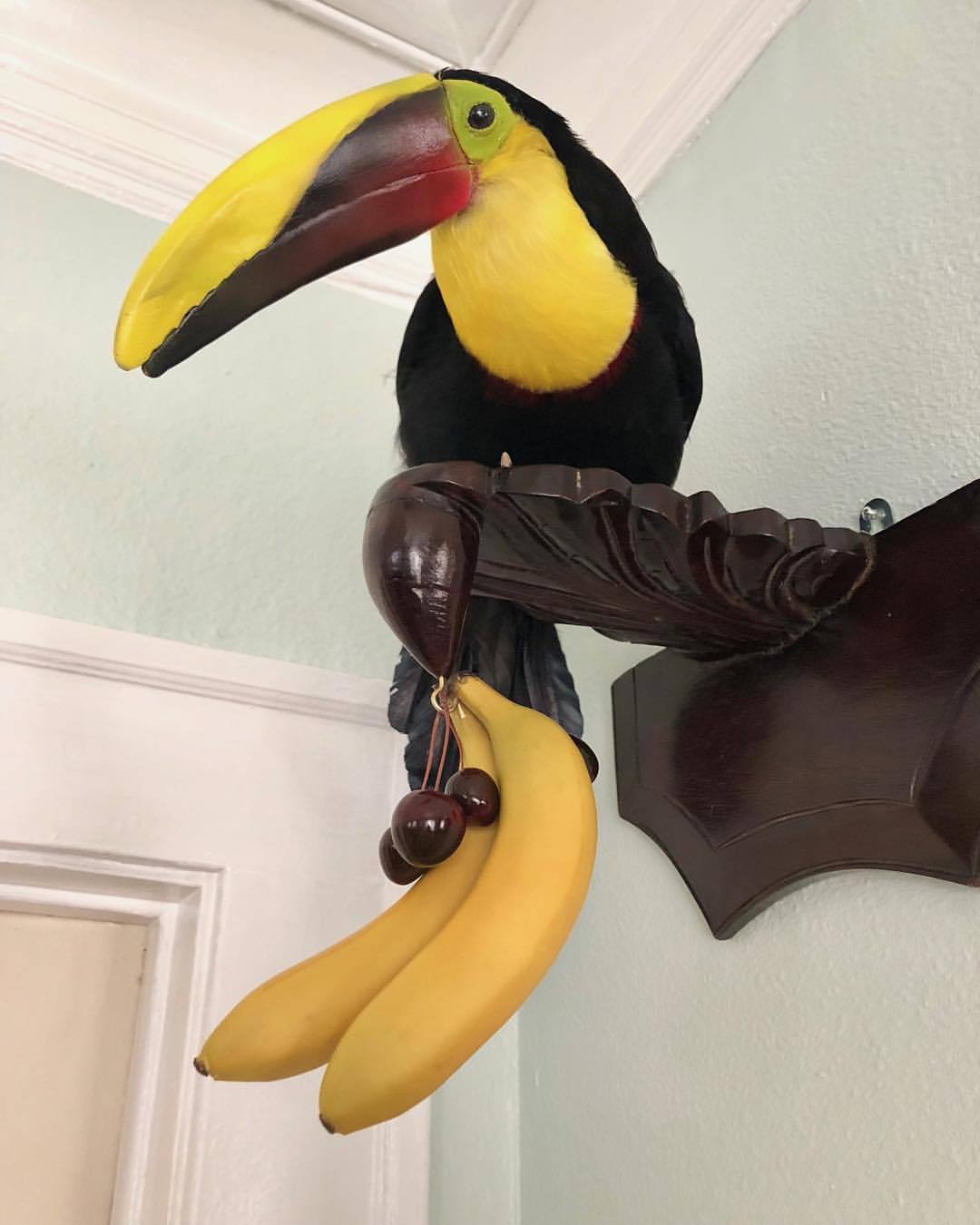


Britannica Explains In these videos, Britannica explains a variety of topics and answers frequently asked questions.This entry was posted in Uncategorized and tagged Arenal Volcano, birds, Blue-gray Tanager, Cattle Egret, Chestnut-mandibled Toucan, Clay-colored Thrush, Costa Rica, Crested Guan, Crimson-collared Tanager, Crowned Woodnymph, hummingbird, Montezuma Oropendola, Smooth-billed Ani, Swallow-tailed Kite on Maby Amy. Next morning at the lodge I saw this neat medium-sized bird, a Smooth-billed Ani.Ī bird of tropical savannahs in the Caribbean and South America, the Smooth-billed Ani reaches the United States only in southern Florida. It is largely frugivorous, but like other toucans it occasionally feeds on insects, lizards, and the eggs of other birds. It is one of the larger, more conspicuous species of toucan, and is often noted for its yelping, far-carrying vocalization (described by locals as “Díos te dé!”). In the woods we saw a Chestnut-mandibled Toucan. Elsewhere in the world, it forages alongside camels, ostriches, rhinos, and tortoises-as well as farmers’ tractors. Originally from Africa, it found its way to North America in 1953 and quickly spread across the continent. This stocky white heron has yellow plumes on its head and neck during breeding season. It forages at the feet of grazing cattle, head bobbing with each step, or rides on their backs to pick at ticks. The short, thick-necked Cattle Egret spends most of its time in fields rather than streams.

On our little hike we came across some cattle and their bird pals the Cattle Egrets. It has been dormant since 2010, which doesn’t seem like a very long time! (Update: later IDed via Facebook What’s This Bird as a Crowned Woodnymph.)įrom many places we could see the volcano. Very happy to capture this flitting jewel of a hummingbird. In protected areas where hunting is not allowed, the species can be quite approachable and even tame, but throughout much of its range Crested Guan is heavily hunted. It has a kind of crazy and beautiful song, which you can hear HERE. The oropendola, or Montezuma bird as I heard one local call it, is an icterid, a member of the New World blackbird family (like my friends the grackles). (This is one of my favorite photos from Costa Rica.) The Montezuma Oropendola is about the size of a crow and quite exotically beautiful. We watched them while eating lunch at the observatory lodge. This one was scouting for fallen fruit under the bird feeders. We saw a few coatis, or coatimundis, charming furry raccoon-like mammal. At almost any location between southeastern Mexico and central South America, it is a familiar presence at forest edge, in second-growth, along roads and rivers, in plantations, and even in urban parks and gardens. The Blue-gray Tanager is one of the most widespread, and ubiquitous, birds of the humid lowland neotropics.

LINKĪ pretty Blue-gray Tanager was waiting a turn at the feeders. We spotted this Crimson-collared Tanager at the Arenal Observatory, a great side trip with good lunch and many walking trails. It drinks by skimming the surface and collecting water in its beak. It has been observed to regularly consume fruit in Central America. It may also feed on small amphibians such as frogs large insects, such as grasshoppers, crickets small birds and eggs and small mammals including bats. The swallow-tailed kite feeds on small reptiles, such as snakes and lizards. We saw many of them but I didn’t get a great pic. Someday I would love to write an article about vacation places with the best passive bird watching – like the rental house in Caye Caulker, Belize with a second-story balcony up in the trees… with me in a hammock with a rum drink! Other common names include clay-colored robin. It is the national bird of Costa Rica, where it is well known as the yigüirro. The clay-colored thrush (Turdus grayi) is a common Middle American bird of the thrush family (Turdidae). This is a Clay-colored Thrush, I believe. The lodge lured birds with fruit and flowers and running water, to convenient viewing and photography distance. During our mid-March trip to Costa Rica we drove from Tamarindo to the Arenal area and spent a day and night at the Arenal Volcano Lodge (view from the balcony of our room), with a side visit to Arenal Observatory.


 0 kommentar(er)
0 kommentar(er)
